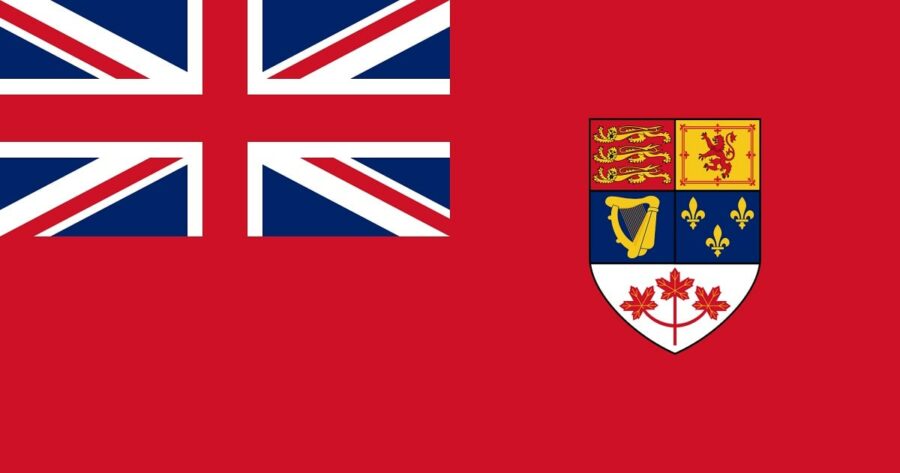On February 15, 1965, the Canadian flag as we know it today was first raised above the Peace Tower in Ottawa, marking a historic moment for the country. As Canada celebrates the 58th anniversary of its flag, it is worth reflecting on the history of the flag, its symbolism, and the impact it has had on Canadian identity.
Prior to the adoption of the current flag, Canada had no official national flag. Instead, it used a flag known as the Red Ensign, which was similar to the British flag but with the Canadian coat of arms in the bottom right corner. However, this flag was seen by many Canadians as outdated and not representative of the country’s identity as a sovereign nation.
In 1964, Prime Minister Lester B. Pearson formed a committe with the goal of creating a new flag that would better represent Canada’s national identity. A committee was formed to oversee the design process, and after much debate and discussion, the current flag was chosen. The flag features a red and white background with a stylized red maple leaf in the center, which is a symbol of Canada’s natural beauty and its people.
The adoption of the new flag was not without controversy, however. Many Canadians were deeply attached to the Red Ensign, and some saw the adoption of a new flag as a betrayal of Canada’s ties to its colonial past. In the end, however, the new flag was widely embraced and quickly became a symbol of Canadian identity.
The symbolism of the Canadian flag is significant. The red and white colors represent Canada’s history and culture, with white symbolizing the snow and ice of Canada’s northern landscapes and red symbolizing the country’s strength, courage, and determination. The maple leaf, a symbol of Canada’s natural beauty and its people, is also featured prominently in the design.
Since its adoption, the Canadian flag has become a symbol of national pride and identity. It is flown at government buildings, sporting events, and other public gatherings across the country, and is instantly recognizable around the world. It has also become a source of inspiration for artists, musicians, and writers who seek to capture the essence of Canada in their work.
As Canada celebrates the 58th anniversary of its flag, it is worth reflecting on the significance of this national symbol. The Canadian flag represents the strength, courage, and determination of its people, as well as the country’s natural beauty and unique culture. It is a symbol of unity and a source of pride for all Canadians, and will continue to be so for generations to come.









